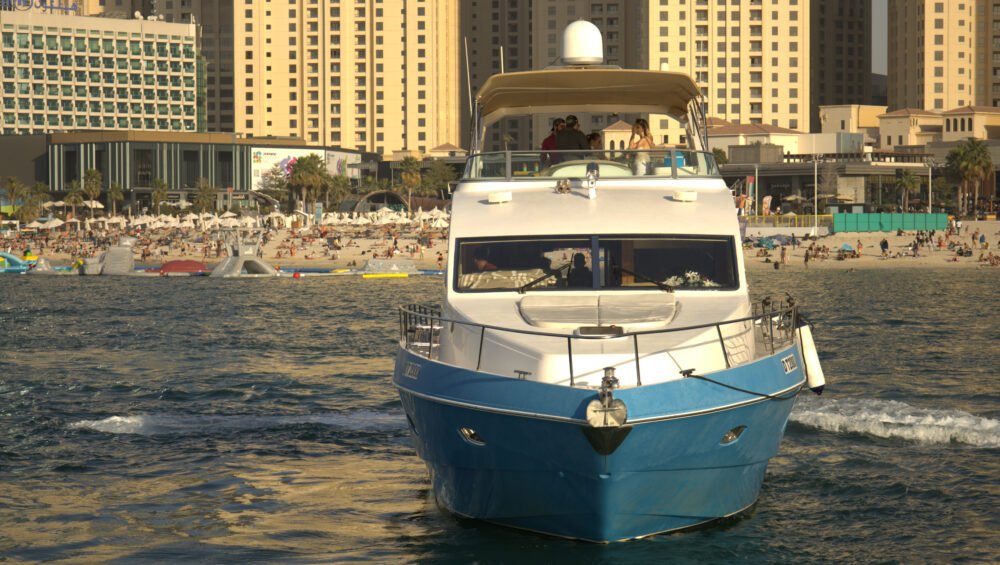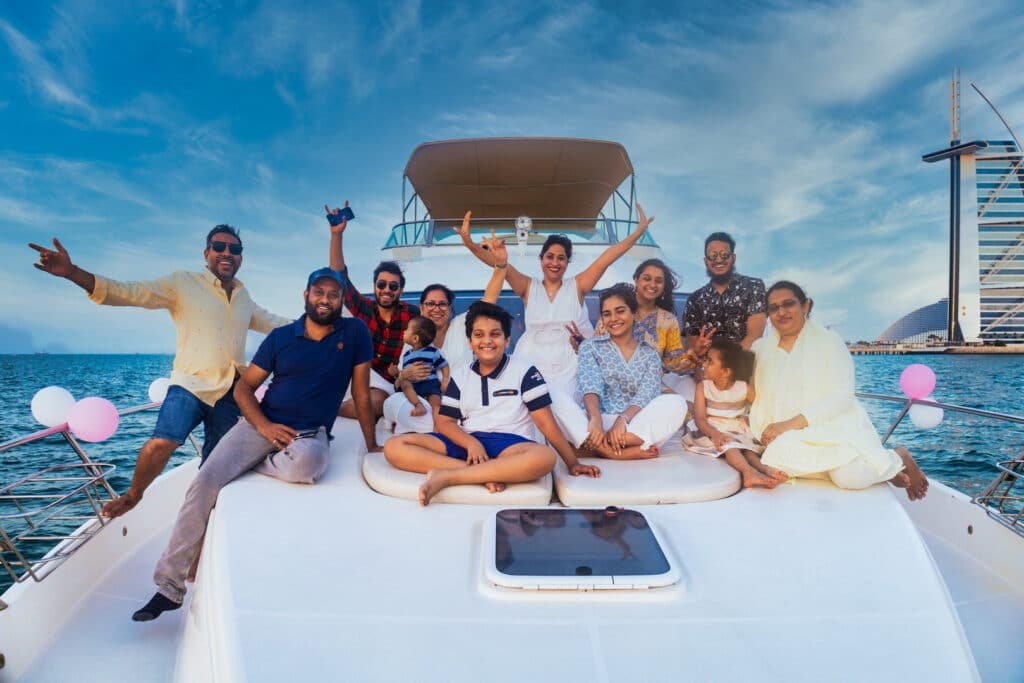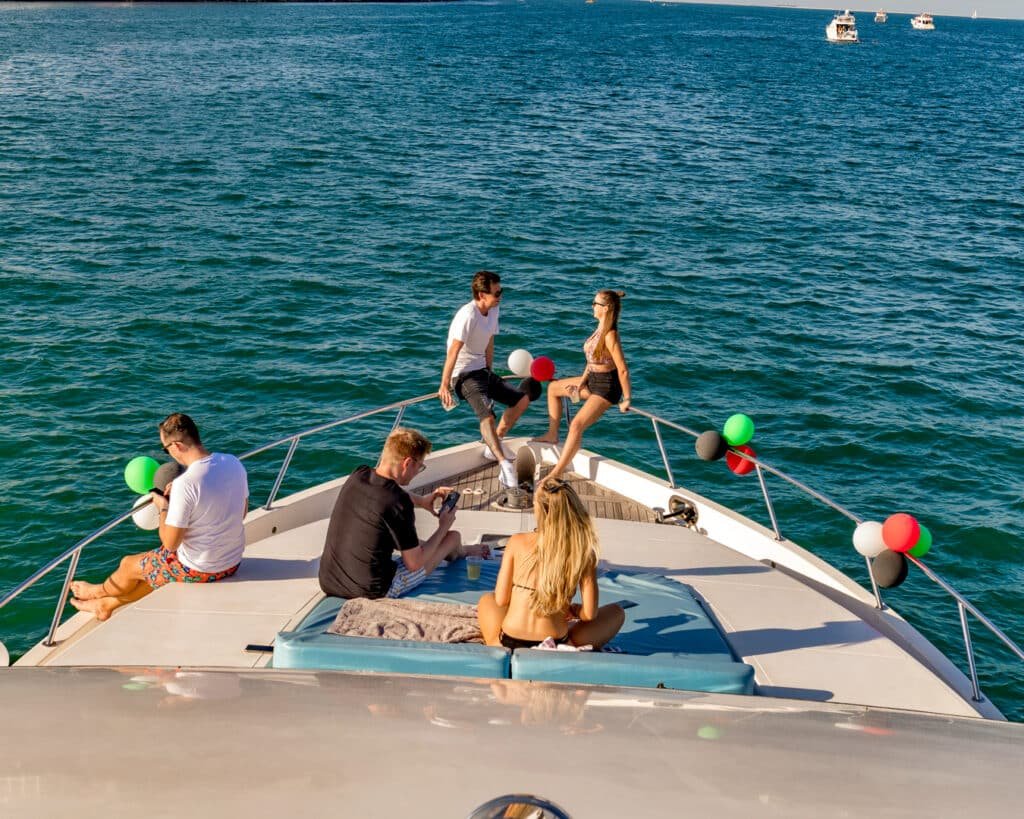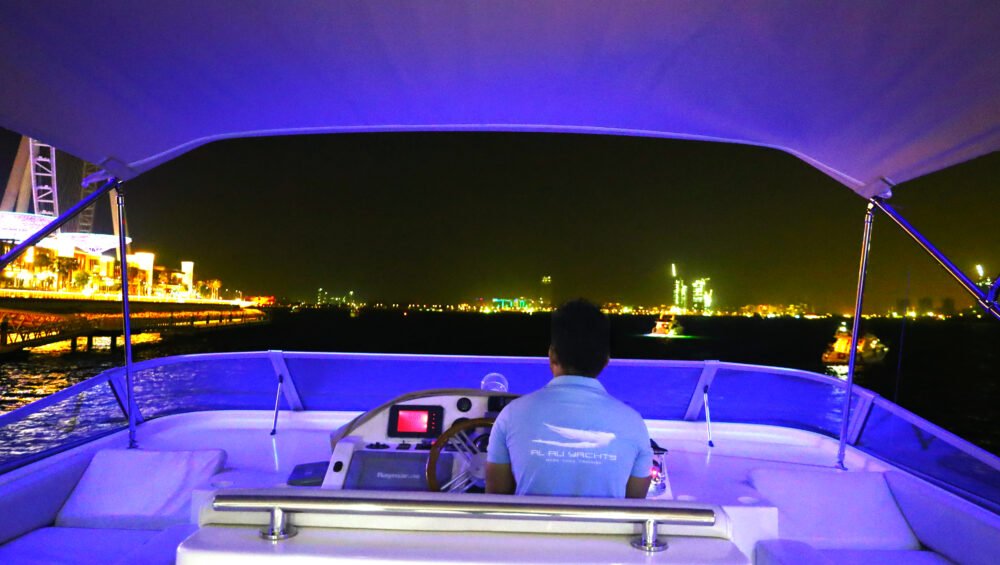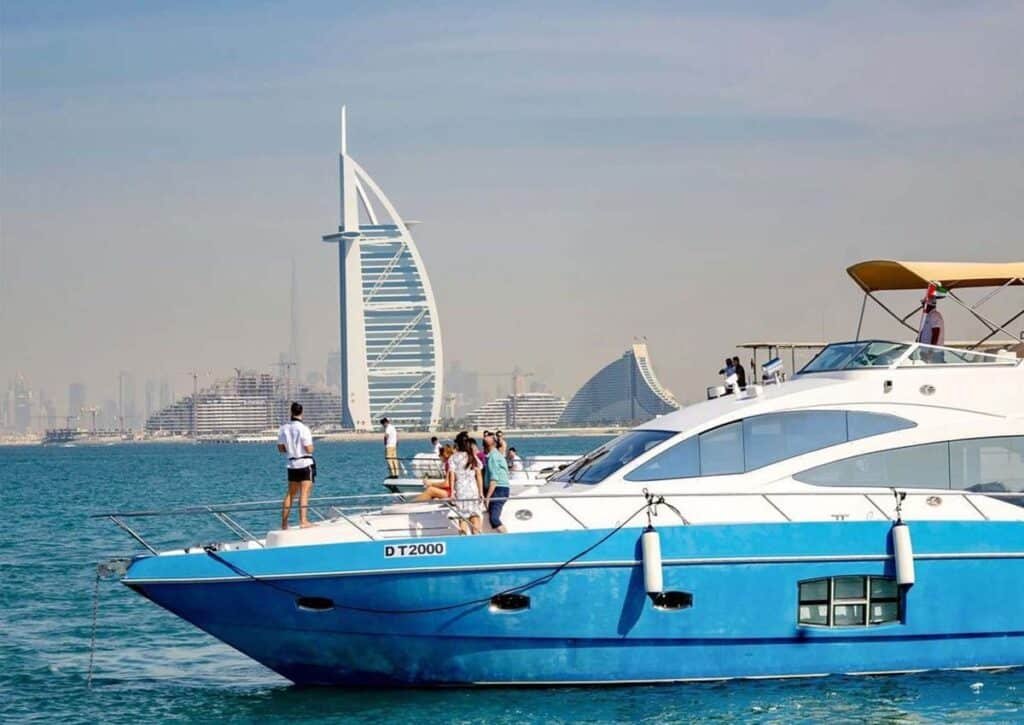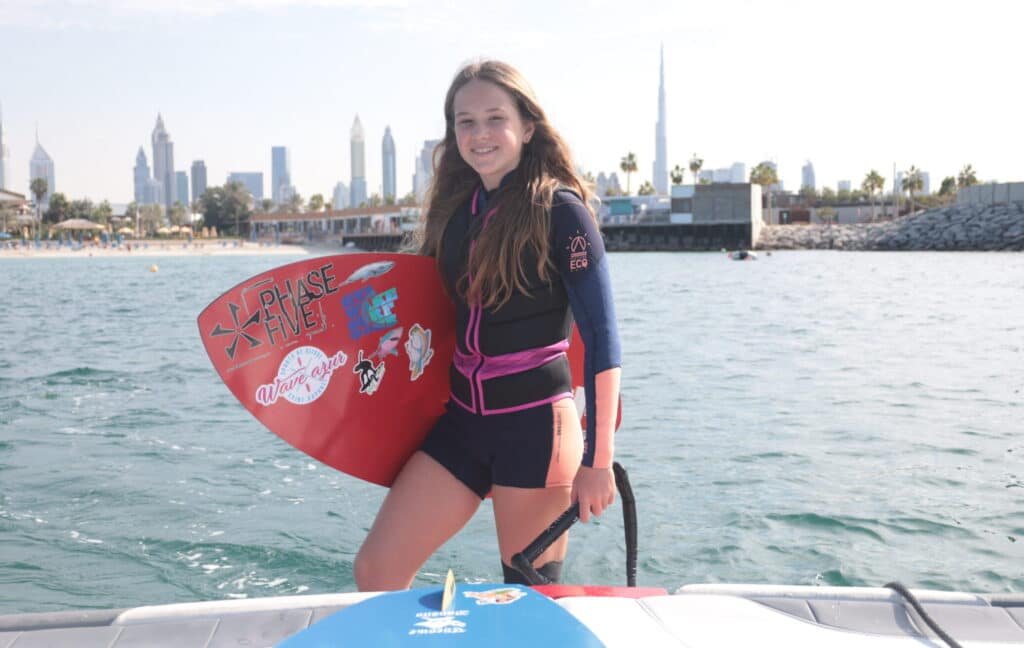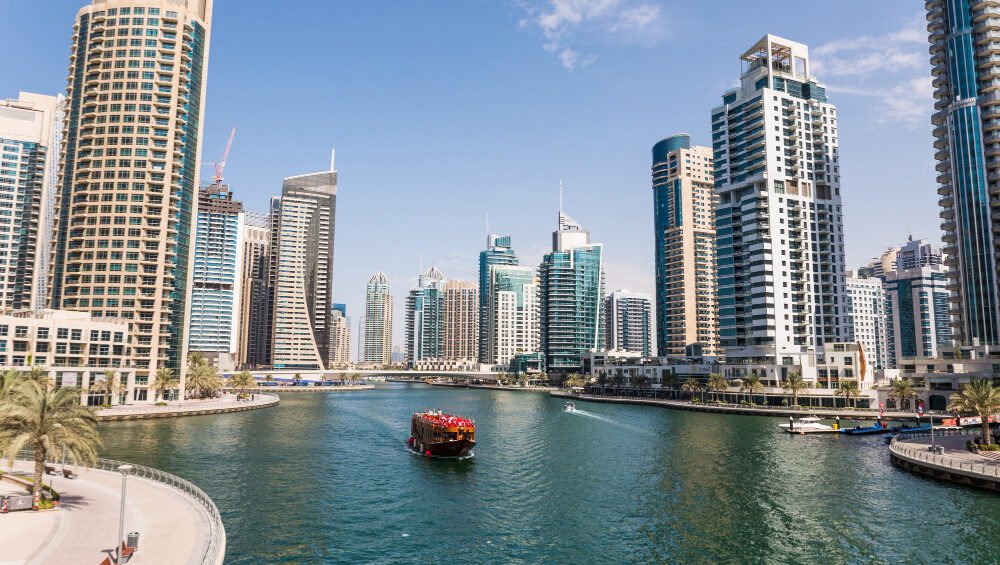Embarking on a sea fishing trip is not only a great way to connect with nature but also an opportunity to reel in some exciting catches. However, a successful and enjoyable sea fishing adventure requires proper preparation. In this blog post, we’ll guide you through the essential steps to ensure you’re ready for a fantastic day out on the water.
1. Research Your Destination
The first step in preparing for a sea fishing trip is to research your destination. Different locations offer unique fishing experiences, so understanding the local waters, fish species, and regulations is crucial. Research fishing charters or guides in the area, read reviews, and gather information on the best times to fish.
2. Check The Weather
Weather conditions play a significant role in the success and safety of your sea fishing trip. Keep an eye on the weather forecast for your chosen date. While fishing in less-than-ideal weather is possible, it’s essential to be prepared for it. Dress accordingly, and consider rescheduling if severe weather is expected.
3. Gather The Right Gear
Having the appropriate fishing gear is essential. Consult with your fishing charter or guide to confirm what equipment they provide and what you should bring. At a minimum, you’ll likely need the following:
- Fishing Rods and Reels: Ensure your equipment is suitable for the type of fishing you plan to do, whether it’s trolling, bottom fishing, or casting.
- Tackle Box: Stock it with a variety of hooks, sinkers, lures, and other tackle.
- Bait: Depending on your target species, you may need live or artificial bait.
- Safety Equipment: Life jackets, first aid kit, and any other safety gear required by local regulations.
- Fishing License: Make sure you have the necessary fishing licenses or permits for the area you’ll be fishing in.
4. Dress Appropriately
Sea fishing can be wet and messy, so dress accordingly. Wear comfortable, moisture-wicking clothing that can be layered to adapt to changing weather conditions. Don’t forget a wide-brimmed hat, sunglasses, sunscreen, and a lightweight, waterproof jacket.
5. Pack Essential Supplies
In addition to your fishing gear, pack essential supplies to ensure a comfortable trip:
- Food and Water: Bring enough snacks and hydration to keep you energized throughout the day.
- Cooler: A cooler with ice packs will keep your catch fresh and your food and drinks cold.
- Camera: Capture your memorable catches and the scenic beauty of your fishing location.
- Navigation Tools: A GPS or chartplotter can be invaluable for marking fishing spots and ensuring you find your way back.
6. Learn Fishing Techniques
If you’re new to sea fishing or plan to target specific species, take the time to learn about the techniques required. This could involve trolling, bottom fishing, casting, or using specialized equipment. Online resources and local guides can provide valuable insights.
7. Safety First
Safety should always be a top priority when preparing for a sea fishing trip. Familiarize yourself with safety procedures and equipment on the boat. Make sure you know how to use life jackets and emergency gear, and follow any instructions given by your captain or guide.
Conclusion
Preparing for a sea fishing trip is essential for a safe and enjoyable experience. By researching your destination, checking the weather, gathering the right gear, dressing appropriately, packing essential supplies, learning fishing techniques, and prioritizing safety, you’ll set yourself up for a successful day of angling. So, get ready to cast your line, enjoy the sea breeze, and reel in some fantastic catches on your next sea fishing adventure!





